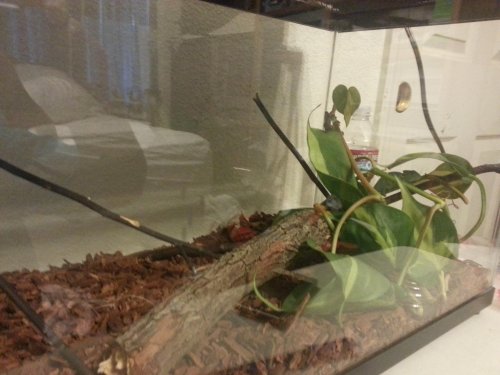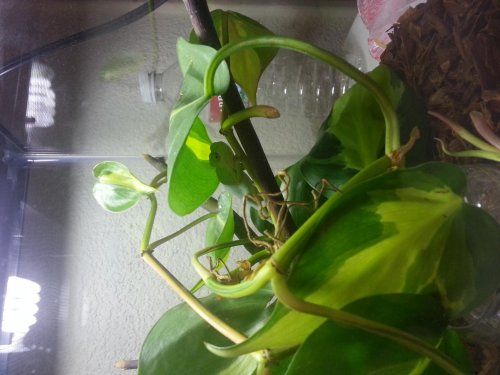thejewgo
New Member
ive had schneider skinks, anoles, and snapping turtles before, i decided to get a juvenile veiled chameleon. bought terrariums for when he is an adult and for right now as a juvenile. i feed him crickets with calcium and d3, but not sure if hes eating em or not.. O_O i see poop so im guessin hes eating em, mist the terrarium 2-3 times a day, uvb light bulb, small branches.
his name is Reptar


his name is Reptar











